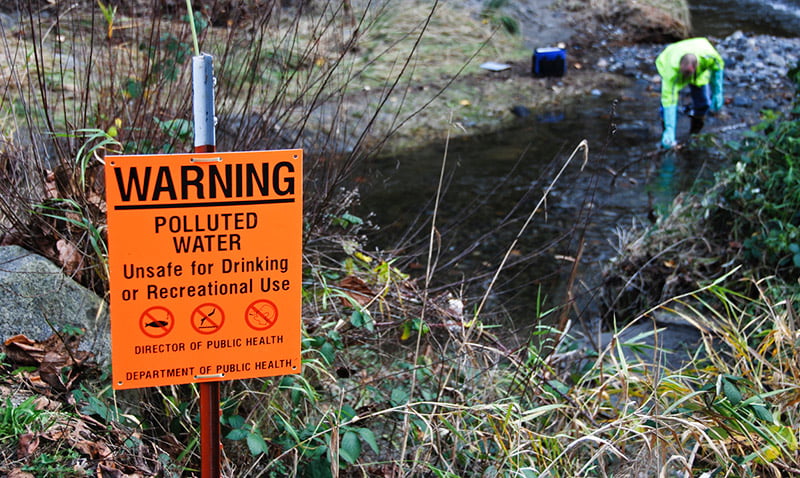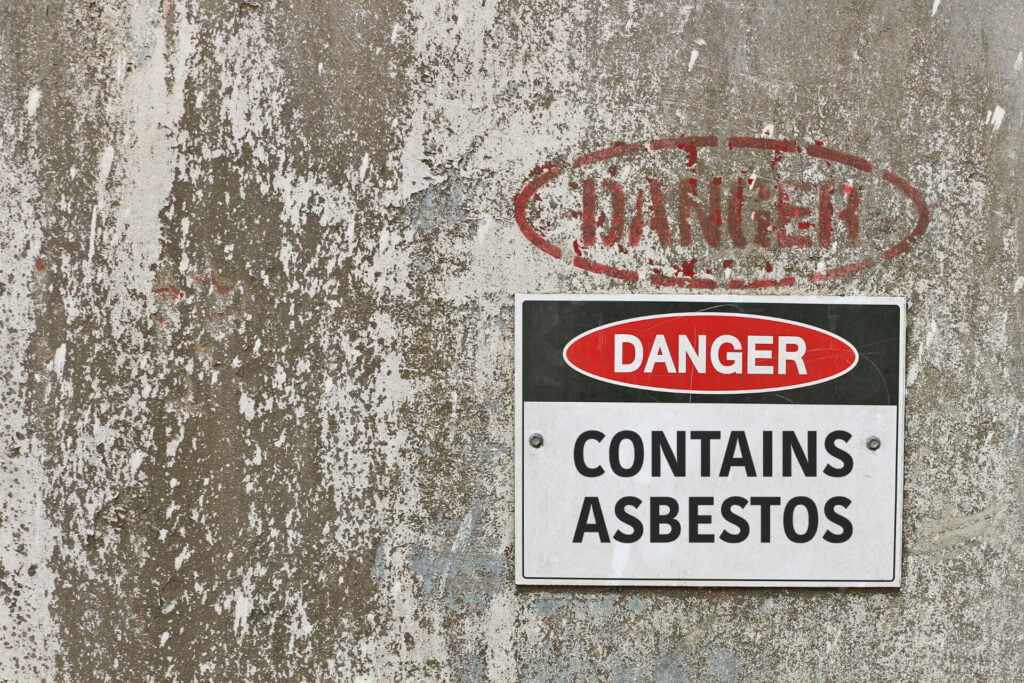From 1953 to 1987, the water at the military base Camp Lejeune in North Carolina was contaminated. Military personnel and civilians that lived or worked in the camp were exposed to that contamination daily.
It took decades for the contaminated water treatment plants and distribution systems to be cleansed. And during that time, thousands of people were exposed to dangerous levels of toxic chemicals.
The Camp Lejeune Justice Act was originally designed to compensate the people harmed by exposure to those toxic chemicals. This act is now part of a larger piece of legislation known as the Honoring Our PACT Act that made its way through Washington and was recently passed by both chambers of the legislature and signed into law by the president.
This act extends the statute of limitations on civil action for those victims and creates a two-year window during which they can file a lawsuit against the federal government. Anyone who was on the base for over 30 days between 1953 and 1987 is eligible to file a lawsuit.
Source of Contamination
Water was provided to Camp Lejeune by several sources. Two of those sources, the Hadnot Point and Tarawa Terrace water plants, were contaminated. The toxic chemicals trichloroethylene (TCE), tetrachloroethylene (PCE), vinyl chloride, and benzene were present in the water supply distributed by those plants.
And that contaminated water was present in the pipes that provided water for the entire base. People who worked or lived at the base were exposed in a variety of ways. The toxins in the water were introduced to people through their drinking water, bathing water, and laundry.
Health Risks Associated with Contaminated Water
Every toxic substance present in the water from 1953 to 1987 has a causation relationship with at least one form of cancer. Research studies have also produced evidence of other medical conditions that are at least correlated with these toxins and likely caused by them.
An incomplete list of associated medical conditions includes:
- Non-Hodgkin lymphoma
- Kidney cancer
- Cardiac defects
- Leukemia
- Liver cancer
- Parkinson’s disease
- Bladder cancer
- Lung cancer
- Miscarriage
- Aplastic anemia
- End-stage renal disease
The longer a person was exposed to the toxins, the more likely they were to suffer these medical conditions. Higher exposure is also associated with more severe cases of these conditions.
Eligibility to File
To be eligible to file a lawsuit under this act, you must have lived or worked at Camp Lejeune for at least 30 days during the timeframe of the exposure.
While living or working at the camp, you must have been exposed to the toxins in the water. Furthermore, at some point since the exposure, you must have suffered harm that was directly caused by the toxic chemicals.
Additionally, you must be able to provide proof for your claims, both that you were present at Camp Lejeune and that toxic chemicals harmed you. Acceptable proof includes:
- Medical records and bills
- Military service records
- Disability benefit records
- Documents from the Veterans Administration
Any other document that shows you were present at the base during the years of contamination or harmed by toxic chemicals in the water may be acceptable. A lawyer can help you determine what kind of records you need before making a claim.
Finally, the Camp Lejeune Justice Act also permits people who were fetuses in the womb of a mother who was exposed to file a lawsuit if that exposure harmed them.
The act has complicated limitations on whether in-utero victims can file a lawsuit. So if you were in-utero when exposed, you should speak to a lawyer to determine whether you are eligible.
Potential Damages from Lawsuit
Litigants in the lawsuit are primarily eligible to receive compensation for medical expenses incurred due to harm suffered from toxic exposure. Additionally, litigants may be able to receive damages for:
- Disability benefits
- Lost income or wages
- Pain and suffering
- Wrongful death of a loved one
If you have suffered financially due to harm from toxic exposure, you need documentation for that harm. The act creates an opportunity for you to receive fair compensation for that harm, but the onus of proving that harm is on you.
What to Expect from a Lawsuit
You can file a claim through a personal injury suit or a mass tort action. Regardless of how you file your claim, the court will consolidate all cases in the U.S District Court Eastern District of North Carolina.
Since there is a two-year window to file cases and cases will be consolidated, meaningful action on the case is unlikely to begin until 2024. This gives you plenty of time to submit evidence to the court to prove your claim.
Once a trial begins, the case could take a while. The U.S. government isn’t the only liable party in the case. Other defendants include the water treatment plants, regulatory agencies, and other government agencies. Each of those parties will be represented in court and will try to minimize their liability if the case goes to trial.
Like many mass tort cases, this case is likely to end with a settlement or possibly multiple settlements. If you agree to the settlement, you will likely receive compensation for your harm within a few years.
Progress of the Bill
The Camp Lejeune Justice Act of 2022 is law as of August 2022. The bill, wrapped in the Honoring Our PACT Act, was originally passed by the House in June of 2022, but it stalled in the Senate due to partisan disagreement.
When the bill was taken up again in July, the House once again passed it on July 13. The current version of the bill was again passed by the Senate on August 2 and then signed by the President on August 10.
President Biden indicated all along that he intended to sign the bill, which meant it was no surprise that the Honoring Our PACT Act and Camp Lejeune Justice Act of 2022 were quickly signed into law after the Senate passed them.
As the bill is written, lawsuits may be filed the day the bill becomes law. That is the first day of the two-year window for lawsuits written into the law.
How to File a Lawsuit
The Camp Lejeune Justice Act of 2022 has reasonably complicated eligibility requirements. If you have been harmed by toxic exposure from water at Camp Lejeune and believe you are eligible to file a lawsuit, you need to contact a lawyer immediately.
Lawyers can help you gather the type of evidence that you need to prove your case. In particular, proving that you were present at the base almost 40 to 70 years ago may be complicated. Records from that time are tricky to track down and usually only exist in paper form.
Experienced attorneys know how to find the old records that are critical to your case.
They will also help you get the appropriate medical documents to prove the harm you suffered from toxic exposure. Your lawyer can introduce you to doctors who specialize in the type of ailment you are suffering from so they can provide expert testimony for your claims.
Recover Your Losses
If you are suffering from any ailment caused by exposure to toxic chemicals in the water present at Camp Lejeune from 1953 to 1987, contact the injury lawyers at Slater & Zurz today to ensure that you can file a Camp Lejeune lawsuit to recover damages in the window created by this act.






